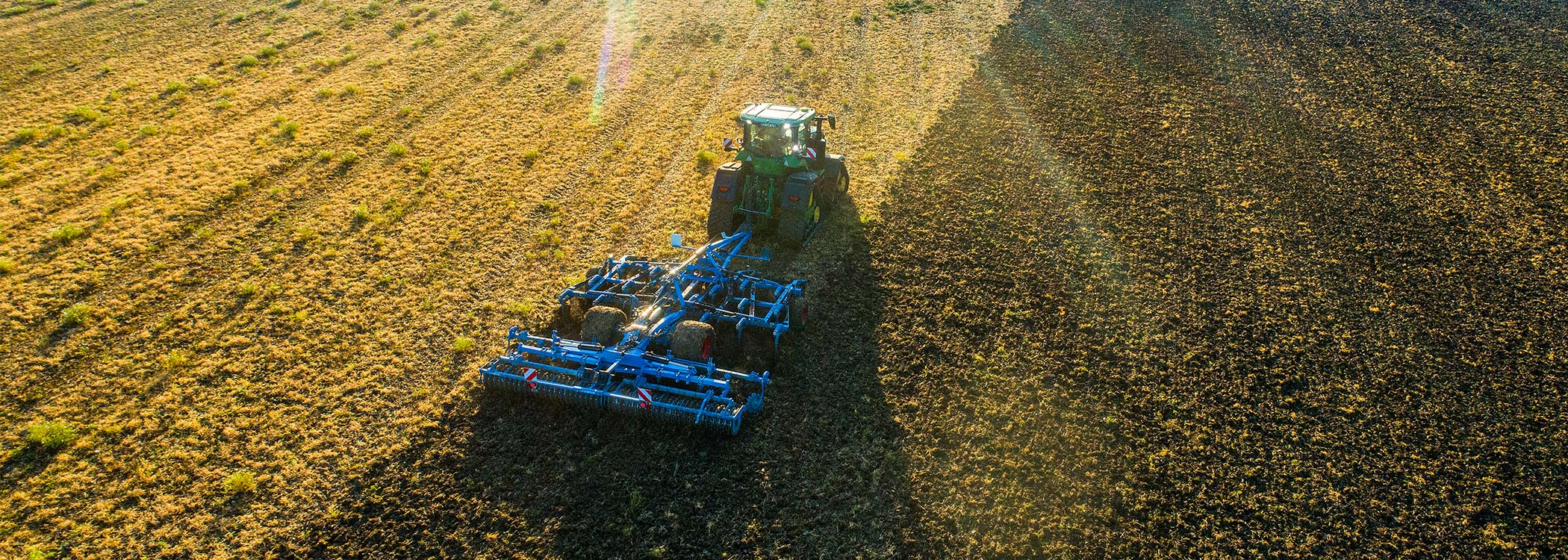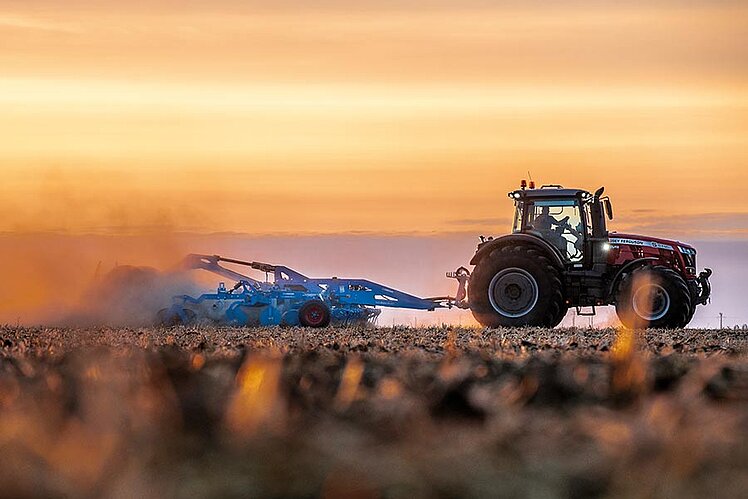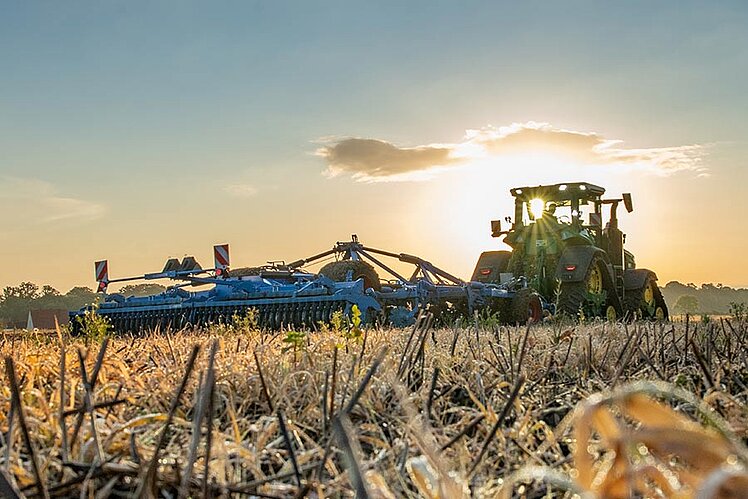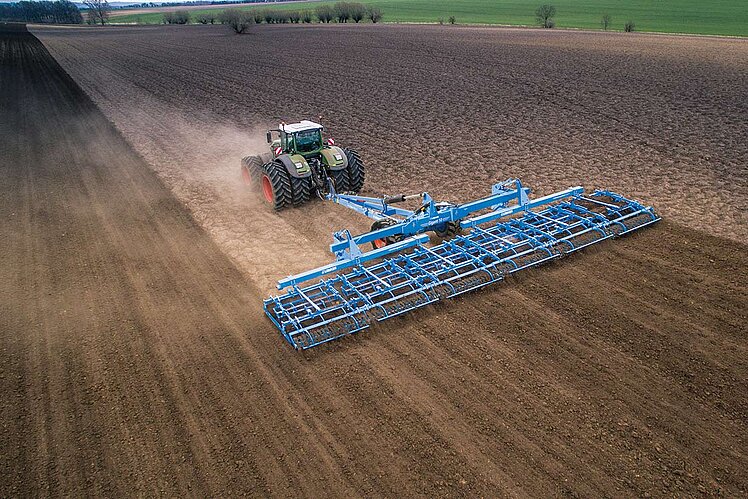Stubble cultivation

Everything for stubble cultivation
LEMKEN offers a wide product range of compact disc harrows and cultivators to enable the forward-looking farmer and contractor to implement a coordinated strategy of stubble cultivation and basic soil cultivation for mulch sowing, depending on the location, soil and prevailing crop rotation.
In the process, implements with different tillage intensities, such as the Heliodor and Rubin compact disc harrows or the Koralin, Kristall and Karat cultivators, can be linked to form intelligent process chains. In this way, all crop production requirements can be optimally taken into account at low process costs.
Every metre counts!*
More metres, more savings - from now on 500 € price advantage per metre of working width applicable for all cultivators and short disc harrows.
*Available in participating European countries
Secure Blue Deal price advantage now!
Targets of stubble cultivation
- Creating germ conditions for volunteer seeds
- Regulating the water balance of the soil
- Straw management
- Controlling weeds and animal pathogens (mice and snails)
- Levelling the field
- Incorporating lime and fertiliser (slurry, fermentation residues, manure, etc.)
Compact disc harrows
Versatile all-rounders
When high working speeds with excellent mixing action are required, compact disc harrows are the implement of choice. Their rotating tools guarantee high mixing intensity and reliably cut up crop residues. Therefore, they are not susceptible to clogging, even with large amounts of organic matter. LEMKEN offers a comprehensive range of short disc harrows for both conventional methods and mulch seeding.
To the compact disc harrows
Cultivators
Perfect from shallow to deep
LEMKEN cultivators cover the entire range from ultra-flat stubble cultivation to basic soil cultivation.
- Mounted flat cultivator Koralin 9 K
- Semi-mounted cultivator Koralin 9 KUA
- Kristall 9
- Karat 10
- Karat 12

System carrier
A single carrier for any use
The LEMKEN system carriers offer the possibility to use different LEMKEN implements with a single carriage efficiently in the field.
To System Carrier Gigant
The challenges of stubble cultivation
Agriculture is subject to constant change and must constantly adapt to new challenges. The severe drought of recent years has taken its toll on the soil, and water is becoming an even more precious resource. This makes it all the more important to find new alternatives and solutions for the careful cultivation of agricultural land.
Incorporate the straw into the soil
Modern combine harvesters with wide headers have to handle large volumes of straw. Often the chopper cannot cut it properly, or distribute it over the full working width. However, these large volumes of organic matter and volunteer cereals must be uniformly incorporated if the following crop is to be established without ploughing.
Preserve moisture
The first stubble cultivation must break the capillaries, in order to prevent soil moisture loss, as soon as possible after harvest. If the next crop is to be mulch drilled, the soil will need to be cultivated again later after emergence of weeds and volunteers. This operation will be at a greater depth to remove compaction, and mix the chopped straw throughout the soil profile.
Do you still have questions?
Our experts will be happy to answer your questions, just send us an e-mail!

Justus Kaulingfrecks
Stubble cultivation & seedbed preparation expert